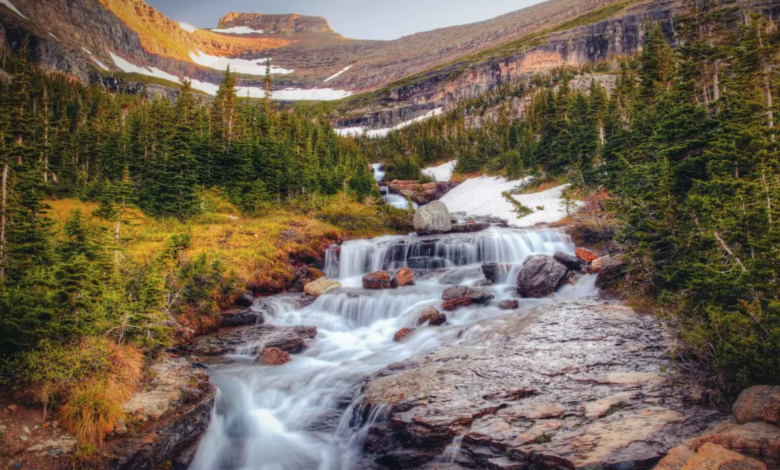We were too optimistic about the glacial melting: already condemned 1 in 2

Analyzed 215 thousand of terrestrial glaciers with satellite images
(sustainabilityenvironment.com) – Even respecting the Paris agreement we will condemn half of the ‘climate watchmen’ around the world. And if we don’t change trajectory from today, which is a 2.7C warmer world, two out of three will disappear. This is what will happen to the most iconic part of the Earth’s cryosphere, glaciers, by the end of this century due to anthropogenic global warming. This is stated by a new study published in Science on 5 January that revised the estimates of the rate of glacial melting.
The result is the most accurate photograph ever produced so far of what will happen in the coming decades to terrestrial glaciers around the planet. The researchers examined 215,000 glacial languages -excluding those of Greenland and Antarctica- measuring them with satellite images from the last 20 years and used models to simulate their future behavior in different global warming scenarios. Resulting in the melting rate of glaciers, how many of them will disappear, and what will be the contribution to the increase in sea level.
New estimates of the rate of glacial melting
With an increase in global temperature of 1.5°C, according to new estimates -more pessimistic than those accepted so far, which were based on the extrapolation of data rather than on spot and sweeping measurements- 49% of Earth’s glaciers will disappear by 2100. In an emissive scenario like the current one, which foresees a warming of 2.7C, 68 glaciers out of 100 will disappear and 32% of the total glacial mass will be lost. The worst-case scenario, however unlikely, is that 83% of glaciers are founded by the end of the century.
Depending on which of these three scenarios occurs, the rise of the seas will vary greatly. With a rate of glacial melting dictated by a world of 1.5 degrees warmer, the contribution to the increase in water level by the end of the century should be around 9 cm. But in a scenario like today, this value rises to 11,5 cm. Data are significantly higher than those accepted so far, even by 23%.





